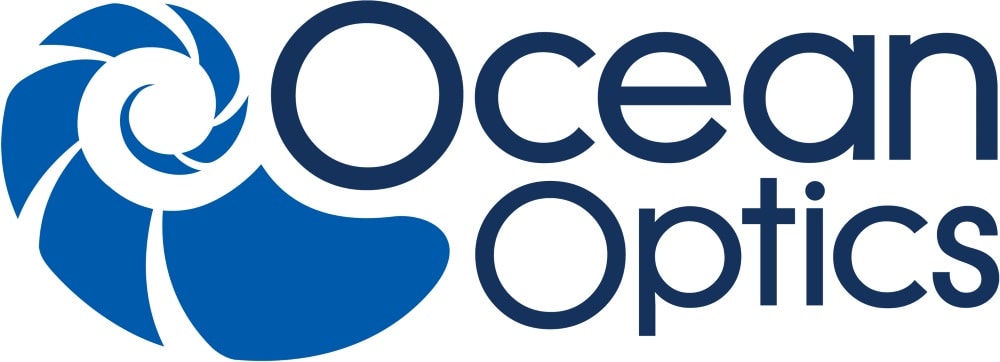Challenge
Reproducible and reliable determination of total organic carbon (TOC) content in drinking water providing a high inorganiccarbon matrix.
Solution
Reliable TOC determination by NPOC method with TIC control measurement, realizing a high sample throughput by parallel purging and analyzing.
Introduction
Clean drinking water is the most important food for humans, and measures to ensure its healthiness and purity are therefore highly regulated by law. For instance, in the EU, the European drinking water directive1 defines purity requirements, cleanup and disinfection methods, and sampling and measurement intervals. This directive applies to water for human consumption, which has to meet minimum requirements regarding microbiological, chemical, and further indicator parameters, expressed in limit values. In addition to color, taste, and conductivity, oxidizability and TOC are also mentioned. Whereas for TOC there is no limit value assigned, the oxidizability (determined as permanganate index) is limited to 5.0 mg/L O2. Since the oxidizability is proportional to total organic carbon, note 4 clearly states that the oxidizability “need[] not be measured if the parameter TOC is analyzed.” Furthermore, for TOC, an uncertainty of measurement of ≤ 30% at a level of 3 mg/L is given (SD ≤ ± 0.9 mg/l), and the standard norm EN 1484 for total organic carbon and dissolved organic carbon (DOC) measurement has to be followed.
The biggest issue of TOC determination in drinking water is the fact that, typically, TOC represents only a fraction of about less than 5% of total carbon content of the sample. Furthermore, EN 1484 strongly recommends that the difference method (TOC = TC – TIC) should only be used if the expected TIC (total inorganic carbon) value is equal to or less than the TOC value in the sample.





